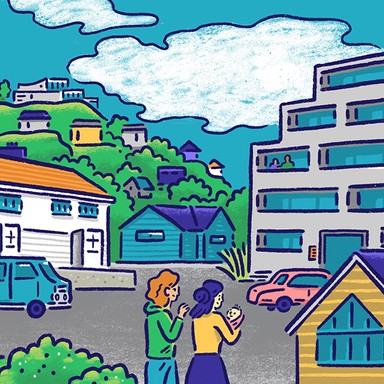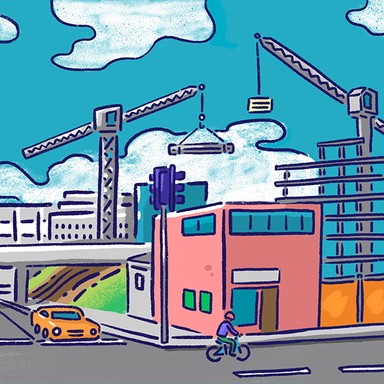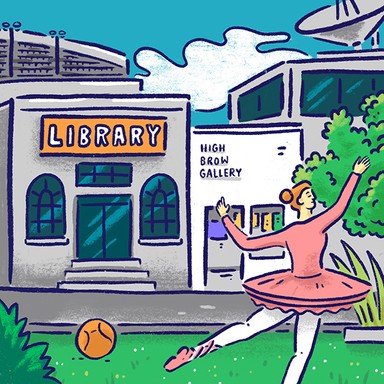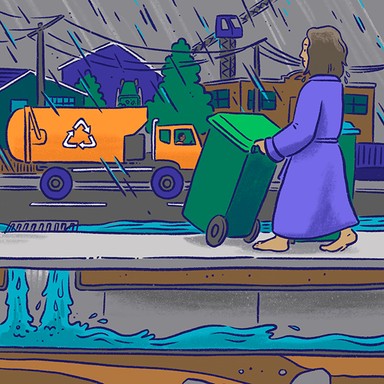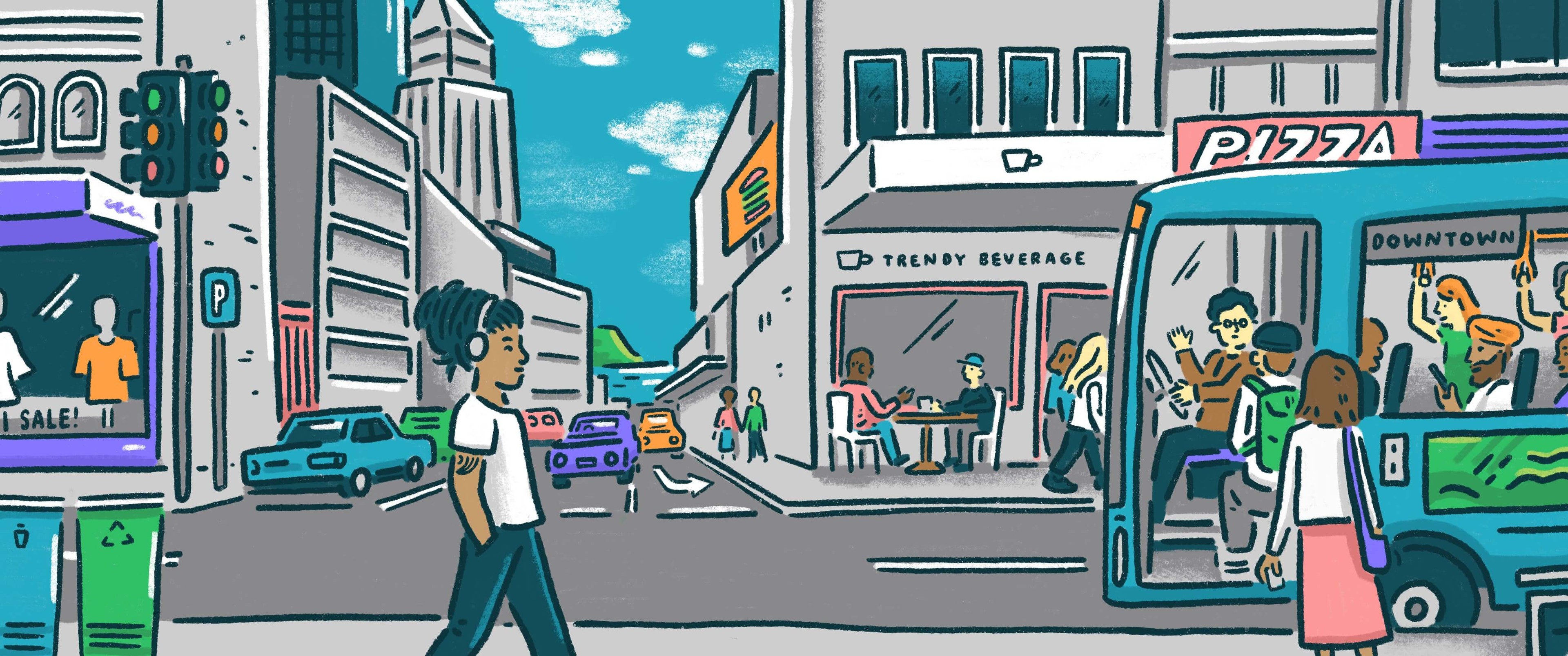
Christchurch City Council
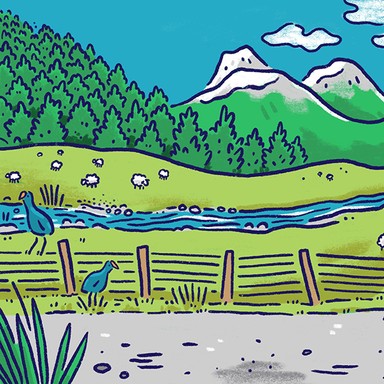
Environment
Local governments play a central role in protecting the environment, reducing waste and safeguarding biodiversity. The worsening state of New Zealand’s lakes and rivers is a major challenge for local councils, which work with regional councils in the management of water resources in their area.

Environment
Local governments play a central role in protecting the environment, reducing waste and safeguarding biodiversity. The worsening state of New Zealand’s lakes and rivers is a major challenge for local councils, which work with regional councils in the management of water resources in their area.
Increase investment in cleaning up the urban waterways such as the Opawaho/Heathcote and Avon/Otakoro rivers and the estuary.
Advocate for the introduction of a separate glass recycling collection scheme to reduce risk of cross-contamination and better end-use.
Address environmental inequity by increasing tree canopy coverage and reducing air pollution/odours by improved district planning/consenting.
Increase investment in cleaning up the urban waterways such as the Opawaho/Heathcote and Avon/Otakoro rivers and the estuary.
Advocate for the introduction of a separate glass recycling collection scheme to reduce risk of cross-contamination and better end-use.
Address environmental inequity by increasing tree canopy coverage and reducing air pollution/odours by improved district planning/consenting.
Mayor
Compare the mayoral candidates in your area
Local council
Compare the candidates for your city or district council
Regional council
Compare the candidates for your regional council
Local board
Compare the candidates for your local or community board

